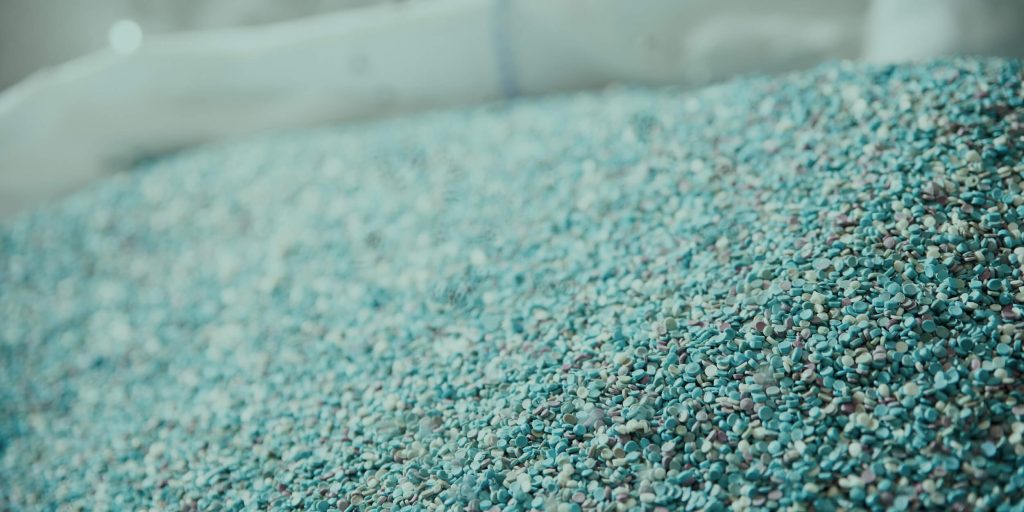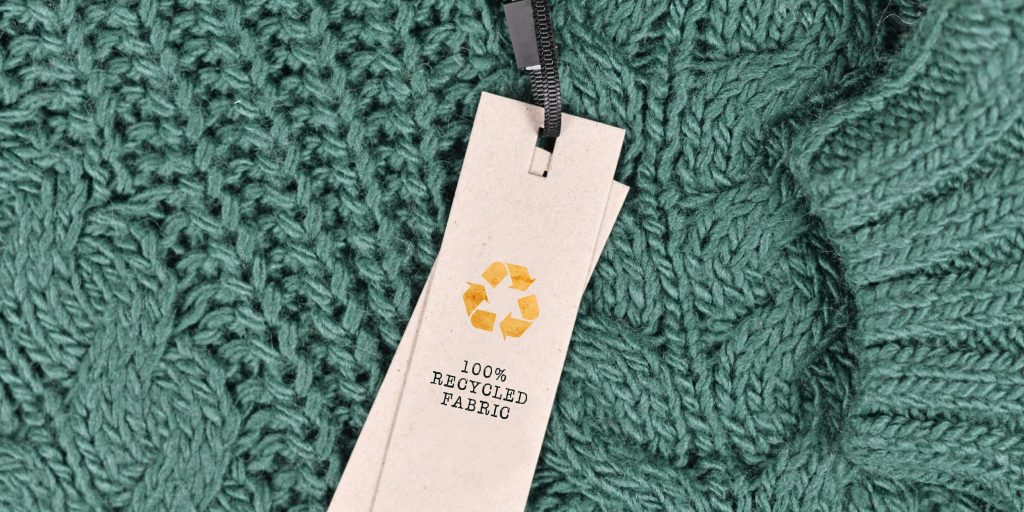Circular Economy 101: what you need to know
blog
February 22, 2023Latest trend or lasting impact? See what the circular economy means for you and your business.
For most of human history, our economy has been linear. We take raw materials, make goods and products, use them, and discard most (if not all) of what we use as waste. But as our planet changes and Earth’s population grows, this wasteful model is no longer viable. We’re damaging biodiversity by overconsuming regenerative resources and are close to exhausting finite ones entirely.
In response, recent decades have seen the concept of a “circular economy” move from a fringe theory to an ideal destination. But what is the circular economy? How does this notion of circularity fit into an economy that’s been linear for centuries? And what does it mean in practice for industries like manufacturing and retail? Let’s take a look.
What is the circular economy?
In an ideal world, a circular economy is one where nothing goes to landfill. Goods and resources are recycled, reused, refurbished, and maintained to extract every ounce of use across a range of applications in order to prolong their useful lifespan. According to the MacArthur Foundation, this shift towards circularity could “give us the tools to tackle climate change and biodiversity loss… while addressing important social needs”.
When it comes to the products we use, the goal of circular production is to build products that are durable and designed with repairability in mind, meaning we use fewer resources from the start. Products are repaired for as long as possible, with their discarded components then restored, reused, or recycled to extract those elements that can return to the manufacturing process.
Of course, some raw materials will still be consumed. Waste for landfills or incineration is also sadly inevitable. However, the aim of a circular economy is to reduce this waste to such a degree that it’s easy to offset or mitigate the environmental impact of these processes, limiting our impact on the world around us.

Why don’t we have a circular economy?
Our global economy has long been a linear ‘take-make-dispose’ model, but it didn’t start that way. It’s likely ancient civilizations recycled and reused their resources. This is because gathering raw materials and producing goods was manually intensive and slow. The first records of paper recycling, for example, date back to 11th-century Japan.
The industrial revolution made it quick and cheap to produce and sell products en masse. Early industrialists could harvest raw materials at astonishingly fast rates. This allowed manufacturers to use virgin resources whenever they liked. The extra cost and inconvenience of recycling resources were no longer necessary.
This age of consumerism introduced fast-moving consumer goods to the market. Many are still designed with short lives to maximize profits through constant repurchasing. This process is known as planned obsolescence. Legislation across the world is starting to move many economies towards a ‘reuse’ model that promotes recycling and reuse. However, in reality, significant amounts of waste are still created from disposable or unrepairable products.
Why do we need to move towards a circular economy?
Two main drivers necessitate the move towards a circular economy. As the global population has exploded, the world’s natural resources are struggling to keep up with the rate of use. Some finite resources are only decades away from depletion, while others are struggling to reproduce at the rate of consumption. WWF reports that forest loss, which often occurs to gather raw materials like palm oil or clear land for agriculture, has caused 10% of global warming.
The other aspect that makes the move to a circular economy essential is the environmental impact of waste itself. Landfill sites produce large amounts of CO2, contributing to climate change while taking habitats away from wildlife. Plastic waste also finds its way into our rivers and oceans. Here it contributes to everything from polluted seas and suffocated reefs. It also sees microplastics ending up in the food we eat and, ultimately, our bodies.

Why manufacturers and retailers should care
As part of the global effort to fight climate change and reduce waste, many countries and regions are exploring legislation that puts greater pressure on manufacturers and retailers. France became the first country to introduce a ‘repairability index’. This requires manufacturers of electronic goods and some home appliances to disclose how easy they are to repair, allowing customers to make more sustainable choices.
The index followed the country’s Anti-waste Law 2020, which set out plans to transform production right from the design stage. It’s ambitious, with aims such as phasing out single-use plastic packaging by 2040 and taking a tough stance against planned obsolescence. By 2024, the index will have shifted to a durability ranking, with manufacturers required to accurately state their product’s intended lifespan.
France is far from an outlier, either. The UK introduced its Circular Economy Package in 2020 and the US’s National Recycling Strategy stressed the need to move towards a more circular model of production. The EU has gone even further by introducing its Digital Product Passport initiative. This will transform the demands on manufacturing far beyond the trading bloc and prepare for a future where product traceability is the new standard.
How PIM supports your move toward circularity
To stay in the legislators’ good books and meet consumer demand for more sustainable products, manufacturers and retailers must consider how to make their processes and products support this move toward circular.
A robust software solution can help. Product information management (PIM) software can capture and disseminate all product information from sourcing through to decommissioning and, ultimately, recycling or disposal. This gives you complete transparency on all your products, from the percentage of recycled materials to the recyclability of each individual product attribute.
But only PIM software that powers the entire product journey will help you meet all future product traceability and transparency requirements. This is because you never know the demands your products will be under from end users in the future. By relying on the right PIM software today, you can empower the users of tomorrow to make the best choices for your product. You can also help facilitate this shift towards a circular economy.
The push for circularity is a key driver shaping the future of manufacturing sales. Check out what else should be on your radar by reading our latest ebook, “A new era of opportunity for manufacturing”.
want to see the inriver PIM in action?
Schedule a personalized, guided demo with an inriver expert today to see how the inriver PIM can get more value from your product information.
you may also like…
Sustainability + PIM: Shaping a circular future
As the world moves towards a more circular future, the need for brands, manufacturers, and retailers to embrace sustainability at every stage of the product journey has never been clearer. A futureproofed tech solution like PIM can play a pivotal in the sustainability revolution, elevating product information transparency and meeting demands from consumers and regulators alike.
Brooke Cunningham
Chief Marketing Officer
As Chief Marketing Officer, Brooke is responsible for inriver's end-to-end marketing strategy.
read more